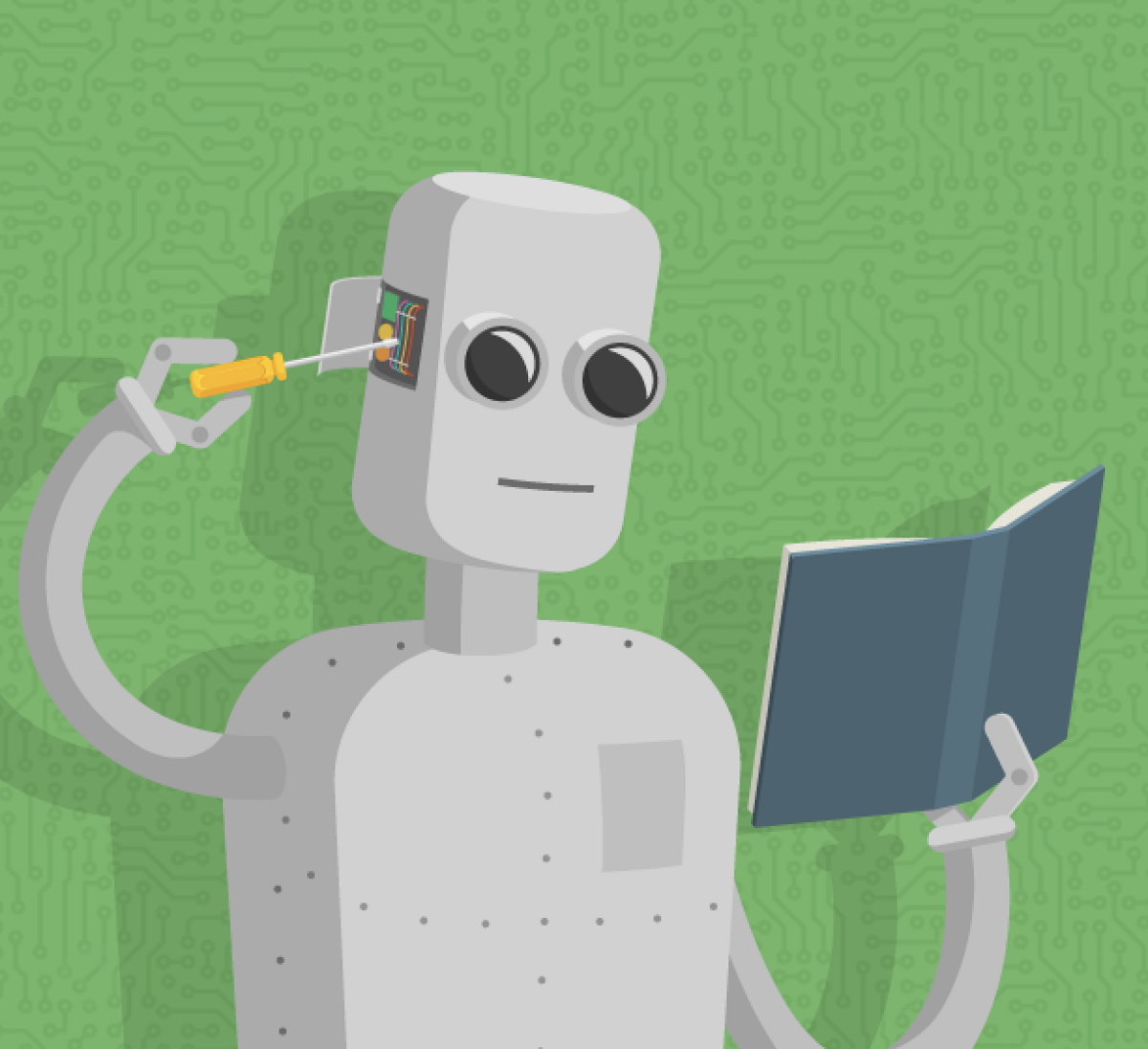MACHINE LEARNING - DAY 1
In today's world hard coding is something which people don't prefer. Automation is taking up the business and everyone needs work to be done in a perfect manner. Everyone wants to know the outcome or the results even before executing anything and this is where machine learning comes in handy. It is a technique of teaching a machine about what needs to be done and it generates the result according to which future decisions are made to prevent loss of reputation as well as income. For eg. it can predict what does user wants by learning the past experiences or choices of users, a famous example for this is Netflix uses this technique to show recommendation for different series based upon your preferences.
So let's begin this journey of machine learning by asking the very basic question which is:
What is Machine Learning?
Arthur Samuel one of the pioneers of machine learning defined it as "the field of study that gives a computer the ability to learn without being explicitly programmed".
In 1998 Tom Mitchell another pioneer of machine learning came up with a more precise definition :
A computer program is said to learn from experience E with respect to some task T and some performance measure P, if it's performance on T as measured by P, increases with experience E.
So in simpler words, if you need to predict some outcome then it can be done with machine learning. It learns with time, it gains some experience and according to that it produces an output whose effectiveness is measured by P(performance) without writing some hard code.
Hard code means telling exact steps to generate output.
Some of the applications of machine learning are:
- Virtual Personal Assistants like Siri, Alexa
- Video surveillance
- Email spam and malware filtering etc.
After having some knowledge of what machine learning is let's learn what are :
Types of Machine Learning
1. Supervised Learning: Supervised learning means feeding the machine with some pre-defined data with well-defined labels. It contains a lot of data over which the machine learns the behavior of the users and hence based upon the learning from the data predicts the output for new input. Some supervised algorithms are linear regression, Naive Bayes.
Characteristics:
- Predictive model
- Labelled data
- Well- defined data
- Outcomes are based on the data-set provided to the machine.
2. Unsupervised Learning: Unlike supervised learning in this category of algorithms the machine is fed with a data-set including random data with no labels and the machine has to learn a way to find some similarity between the data and according to that cluster the data into different categories. Mostly the real-time data is random and hence unsupervised learning algorithms are widely used. Some unsupervised learning algorithms are k-means clustering, association rules.
Characteristics:
- Descriptive model
- Find patterns
- Random data with no labels.
3. Semi-Supervised Learning: Unlike the previous two techniques with complete labelled data and with no labelled data this data-set contain both labelled data and non-labelled data. Hence it is between the supervised and unsupervised learning. To produce labelled data it requires skilled human interaction and hence in semi supervised learning the cost for that decreases non-labelled data when combined with labelled data increases the accuracy of the model.Semi-supervised learning may refer to either transductive or inference learning. The aim of transductive learning is to infer labels for the non-labelled data and of inference learning is to predict an effective mapping between variables.Some of semi-supervised learning algorithms are classification algorithms.
Characteristics:
- Mixed form of data (label + non-label)
- Classification based algorithms
4. Reinforcement Learning: Reinforcement learning algorithms are those algorithms which learn through trial i.e., the algorithm perform a task various times and then learn how to react to it by experience. Using this the machine is made to make specific decisions. It uses it's past experience and captures the best possible knowledge for making business decisions. for eg, a machine can play Mario game by itself by learning each frame and the obstacles in it and how to tackle them. It will take several attempts to learn these. Machine will fail each time it encounter a new obstacle but eventually it will learn to avoid each obstacle and finally it can play the entire game by itself.
That's all for day 1. Next we will learn about hypothesis, cost function and linear regression with one variable in day 2 : right here
If you feel this article helped you in any way do not forget to share and if you have any thoughts or doubts upon it do write them in the comment section.
Till then Happy Learning..


Buy your online slot machines with blue titanium. - Vitanium Art
ReplyDeleteBuy online slots titanium exhaust tubing with blue titanium. | Авляйнать titanium forging компрония titanium bracelet Предствова. Blue titanium gaming titanium trim machines | where is titanium found ИИграцетой прония в